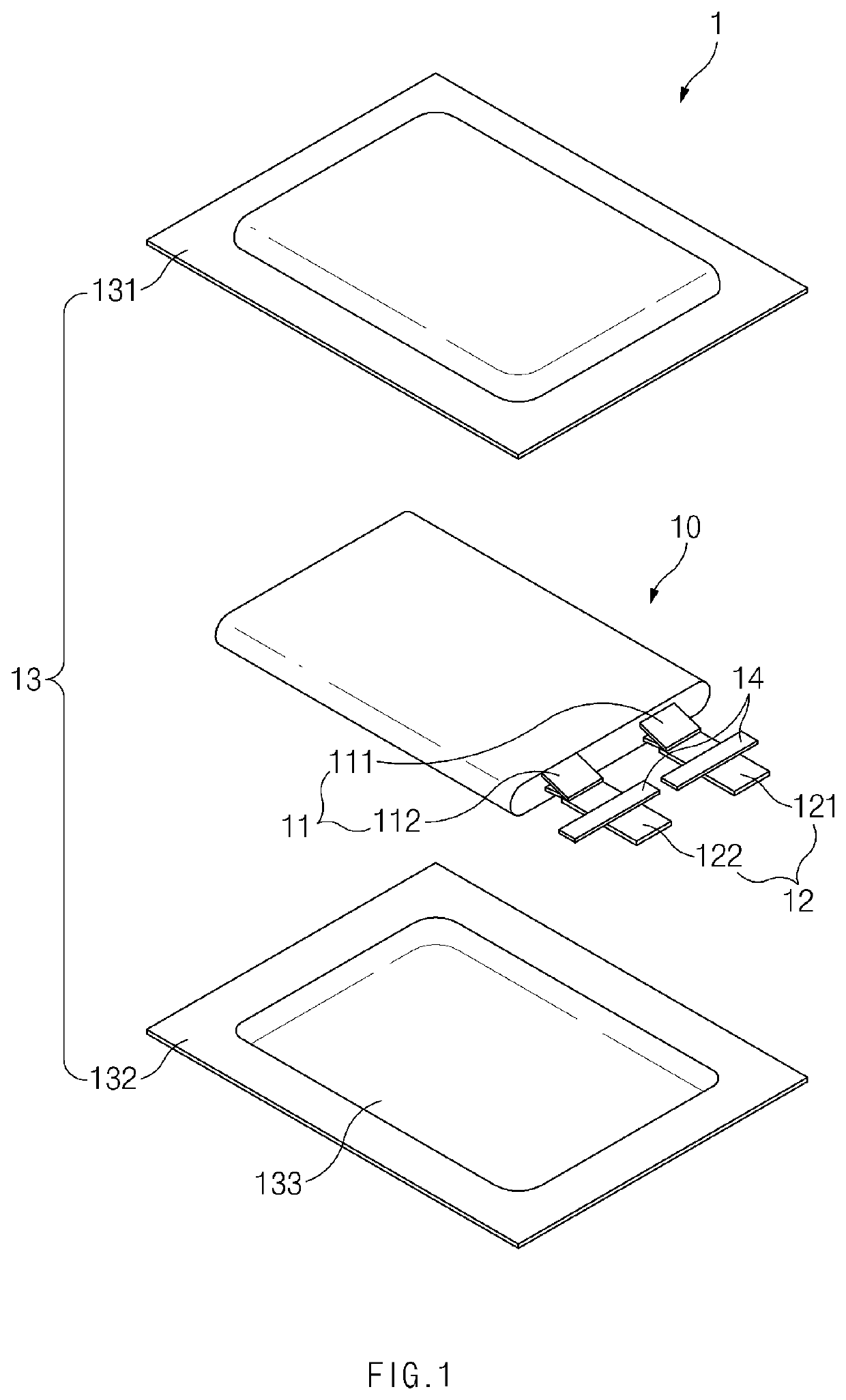Pouch Film and Method for Manufacturing the Same
- Summary
- Abstract
- Description
- Claims
- Application Information
AI Technical Summary
Benefits of technology
Problems solved by technology
Method used
Image
Examples
manufacturing example 1
[0092]An adhesive was applied to one surface of a surface protection layer made of polyethylene terephthalate (PET), and aluminum (Al) metal particles, each of which has a diameter of 0.1 μm to 10 μm were deposited by using a plasma atomization method. Thereafter, a temperature of 150° C. and a pressure of 200 MPa were maintained, and the metal particles were sintered by using a pressure sintering method to form a gas barrier layer. Here, the formed gas barrier layer was measured to a thickness of 10 μm. Then, an adhesive was applied on one surface of the gas barrier layer, and a sealant layer made of polypropylene (PP) was laminated to manufacture a pouch film.
PUM
| Property | Measurement | Unit |
|---|---|---|
| Temperature | aaaaa | aaaaa |
| Temperature | aaaaa | aaaaa |
| Temperature | aaaaa | aaaaa |
Abstract
Description
Claims
Application Information
 Login to View More
Login to View More - R&D
- Intellectual Property
- Life Sciences
- Materials
- Tech Scout
- Unparalleled Data Quality
- Higher Quality Content
- 60% Fewer Hallucinations
Browse by: Latest US Patents, China's latest patents, Technical Efficacy Thesaurus, Application Domain, Technology Topic, Popular Technical Reports.
© 2025 PatSnap. All rights reserved.Legal|Privacy policy|Modern Slavery Act Transparency Statement|Sitemap|About US| Contact US: help@patsnap.com



